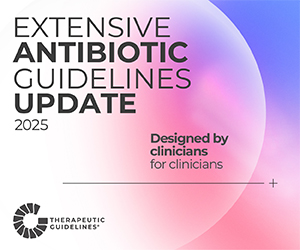Nurses in government-run aged care homes provide three times the amount of care to each resident per day than not-for-profit and for-profit facilities, a new study from the Royal Commission into Aged Care Quality and Safety has revealed.
The study, described as the most detailed profile on the quality of residential aged care facilities ever published in Australia, examined over 50 quality indicators to compare the performance of not-for-profit, for-profit and government-run residential aged facilities.
The quality indicators cover areas including clinical outcomes, compliance, complaints, reporting of assaults, antipsychotic and opioid use, falls, consumer experience, the use of restraint and workforce levels.
Investigating the amount of nursing minutes carried out by registered nurses and enrolled nurses across the three types of providers, the study found government-run homes outperformed both not-for-profit and for-profits, with nurses in government-run facilities on average spending 119 minutes per day with each resident.
In contrast, nurses in both not-for-profit and for-profit run facilities spent just 39 minutes with each resident per day.
Not-for-profit and for-profit facilities fared better when it came to the use of personal care workers, who assist with the day-to-day needs of residents, including physical and emotional care. On average, PCWs in not-for-profit run facilities spent 130 minutes on each resident, while for-profit facilities spent 123 minutes per resident. The number of staffing minutes spent on each resident by PCWs in government-run facilities was 114 minutes.
However, the study points out that the higher number of personal care worker minutes should be put into context.
“A high number of personal care workers is not necessarily a good result if it is accompanied by reduced nursing staff, as this suggests duties normally performed by nurses are being shifted to less trained personal care workers,” the study states.
Examining direct care staffing minutes, carried out collectively by staff including care management, nurses, personal care workers, allied health and lifestyle staff, government-run facilities again performed best.
On average, direct care staff in government-run nursing homes spent 229 minutes on each resident every day, compared to 184 minutes by both not-for-profit and for-profit run facilities.
Overall, the study found that government-run aged care homes achieved better results than not-for-profit and for-profit operators. About 57% of aged care facilities in Australia are run by not-for-profit organisations, 34% by for-profit companies, and just 9% by governments.
Government-run aged care homes showed the best average results for 31 indicators, compared to two indicators for not-for-profit facilities and one indicator for for-profits. Not-for-profit facilities had stronger average results than for-profit facilities across 25 indicators, whereas for-profit facilities showed stronger average results on just two indicators.
The latest research from the Aged Care Royal Commission also compared quality indicators in residential care across facility sizes and remoteness.
It found small facilities with places for 1-30 residents performed best across 24 indicators. Small-sized facilities make up just 11% of aged care homes in Australia, while 26% have 31-60 places, 32% have 61-100 places, and 31% have over 100 places.
To read the full study, Research Paper 15 – Residential Care Quality Indicator Profile click here









One Response
I agree government run nursing homes are by far the best, privatizing aged care was the worst thing to happen. Now only the rich can afford top care.